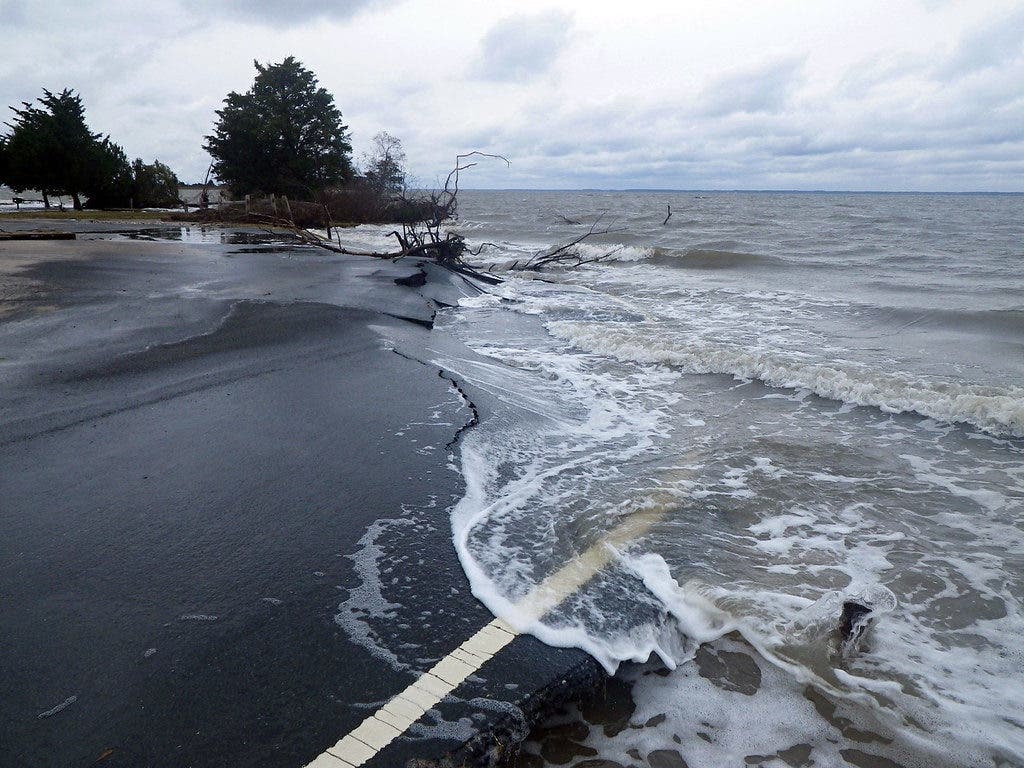Sea level rise could be much more difficult and expensive to deal with than previously thought, new research found, not because of faster changes in sea levels but because of an increase in estimates of the number of people living on low ground.

The study, published in Nature Communications, argued 110 million people worldwide live below the high-tide level, including many partly protected by sea walls or other infrastructure. Even under a scenario of very modest climate change, that number will rise to 150 million in 2050 and 190 million by 2100.
An even worse scenario of climate change and sea-level rise would mean that as many as 340 million people living below the high-tide level could be in peril, researchers concluded. Such figures are three times — or more — higher than earlier estimates.
“We’ve had a huge blind spot as to the degree of danger, and that’s what we’ve been striving to improve,” Benjamin Strauss of Climate Central, who wrote the new study with colleague Scott Kulp, told the Washington Post.
Prior research relied on data about coastal elevations that come from radar measurements from the 2000 space shuttle Endeavor mission. But that dataset has problems. The instrument detected the height not only of the coastal land surface but anything else that was on it, such as houses and trees.
This introduced errors in land-elevation estimates averaging about 6½ feet globally, the new study said. “For all of the resources we have rightly invested in improving our sea-level projections, we didn’t know the height of the ground beneath our feet,” Strauss said.
Some wealthy countries, such as the United States, have used laser-based coastal measurements to gain more accuracy, but most other countries have not been able to do so. The new study used the more accurate U.S. measurements as a guide, training an algorithm to apply similar adjustments to the global dataset from the space shuttle.
This is where the much higher numbers for exposed populations come from, with the biggest changes in exposure coming to countries in Asia. The study estimates that 110 million people live below the current high-tide level vs. an estimated 28 million for the older data set.
“In terms of global estimates, I think the analysis convincingly shows that the situation is probably even worse than previous studies suggested,” Stéphane Hallegatte, an economist at the World Bank who studies climate change, told The Washington Post. “We are talking about hundreds of millions of people who will be directly exposed.”
The study considers a scenario that would lead to 2 degrees Celsius, or 3.6 degrees Fahrenheit, of global warming by 2100, the temperature rises that world leaders have set as an absolute limit. The study projects that 150 million would live below the high tide line by 2050 and 200 million by 2100. Those exposed to an annual flood in that year would be 360 million.
The world is on course to warm considerably more than 2 degrees Celsius, however, so there are more dire scenarios. If key instabilities kick in in Antarctica, 480 million people would be exposed to an annual flood in 2100. The findings are worst for Asia, notably in China, Bangladesh, and India.









